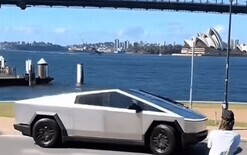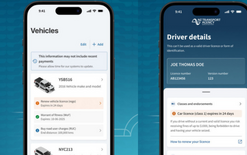Japan partially lifts state of emergency

Japan has lifted a state of emergency imposed due to the coronavirus pandemic in 39 out of 47 prefectures, after a drop in new infections.
Prime Minister Shinzo Abe, pictured, announced the decision on May 14 and asked residents in those regions to “gradually” take steps to return to everyday life
Tight restrictions remain in eight prefectures – Hokkaido, Tokyo, Chiba, Saitama, Kanagawa, Osaka, Hyogo and Kyoto – with residents in those areas asked to cut back human-to-human interaction by 80 per cent and avoid unnecessary outings.
The government is due to re-evaluate whether to lift the measure in those prefectures on May 21.
Lifting the state of emergency in most prefectures before it was set to expire on May 31 comes as Japan’s economy teeters on the brink of recession.
Financial support
Ministers are reportedly planning to create a scheme to inject capital into large and mid-size companies, including carmakers, suffering from the Covid-19 crisis.
Under the new scheme, state-affiliated lenders will invest in ailing companies by offering subordinated loans or accepting preferred shares. This will help companies strengthen their financial standing, which will allow them to borrow money from banks more easily and avoid downgrades to their credit ratings.
Big companies in key Japanese industries, including car giants such as Toyota, have suffered slumping profits, stoking fears of bankruptcies and job losses.
The government has said it will use all available tools to help Japan’s car and automotive parts makers hit by supply chain disruptions, slumping demand and factory shutdowns caused by the health crisis.





